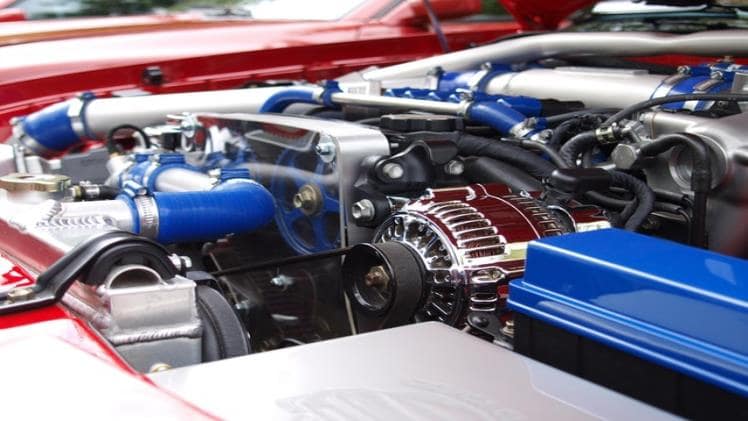The basic components of an automotive connector are the shell, insulators, and bases. The shell provides mechanical protection and aligns the socket and plug when they are inserted. The insulators, also known as bases, arrange the contacts. They work with the shell to ensure good insulation resistance. The main requirements for automotive electrical connectors are easy processing, good withstand voltage performance, and good insulation resistance.
Contact pieces
Automotive electrical connectors have two main components: the shell and the contact pieces. The shell is the outer part of the connector and provides mechanical protection and alignment of the plug and socket when mating. It also fixes the connector to the device. The contact pieces are separated by insulators. The insulators are required to have good insulation resistance.
The contact piece of the best wire connectors for automotive electrical connector is the most important component of the connector. It consists of two different parts, the male contact and the female contact. The male contact consists of a cylindrical part, whereas the female contact is flat or square. They are typically made of brass or phosphor bronze.
The contact pieces of automotive electrical connectors are made with different materials. The plastic pins are more expensive, and they are not as durable as those made of metal. The pins must be very secure to ensure that they won’t come loose. To prevent this, the connector should have a seal that prevents water from getting into the connectors.
Barrier strips
The barrier strips are electrical connectors that have one or more rows of screw wiring terminals. Each row is positioned at an angle ranging from 0 to 180 degrees relative to a row of conductive pins. These connectors have a wide variety of applications and are often customized.
There are several uses for barrier strips in the automotive industry. For instance, they are commonly used in assembly and disassembly of vehicles. To install these connectors, they must be installed with the correct fork terminals. They are available as both a single-pole and a two-pole design.
A barrier strip may have a rounded, plastic or metal cap, which protects the wire while in use. Another common type of barrier strip is a terminal block with screws clamping the wire. This type of connector is often used where vibration is a concern. The screws that hold the strip in place should be sufficiently tight to prevent it from coming loose.
Non-insulated connectors
Automotive electrical connectors that are non-insulated are an economical choice for connecting wires in various circuits. They are available in various types and sizes, including crimp terminals. They are available in different voltage ratings, from 600 to 1000 volts. They are also commonly used in marine applications.
These non-insulated wire terminals are made of pure copper and tin-plated to resist corrosion and ensure maximum contact. They have tapered wire entry and butted seams, which provide excellent contact and tensile strength after crimping. They are typically sold in quantities of five, twenty-five, or one hundred pieces.
Automotive electrical connectors are used to connect wires to various components in a vehicle. Different kinds of wire connectors are used for different purposes, including air conditioning, dashboards, and navigation systems. Wire connectors are used for these applications because more electronic components in a modern car need electrical current. In the automotive industry, advanced cars are increasingly relying on integrated engineering to develop efficient and reliable electrical systems, which makes the selection and usage of appropriate connectors even more crucial.
Seamless butt connectors
Seamless butt automotive electrical connectors are available in a variety of shapes, sizes, and materials. Typically, they are made from tin-plated copper, which is widely used for high-temperature applications. This material is relatively inexpensive and easily crimped. In addition, it is also anti-corrosive. Some manufacturers use nickel-plated steel, which is more expensive but more malleable.
Butt connectors are a necessary part of any electrical toolkit. They make it easy to couple, join, and extend wires. The butt is a simple insulator and is a basic part of any electrician’s toolkit. Butts are available in a wide range of different sizes to accommodate different gauges of wire.
Conclusion
In order to install these connectors, you must make sure that the wires are properly prepared. The insulator of the wire should be stripped before you insert it into the butt. Once the wires are properly insulated, you can then use the crimp tool to make the connection. The process is simple, but it should be done with care.

